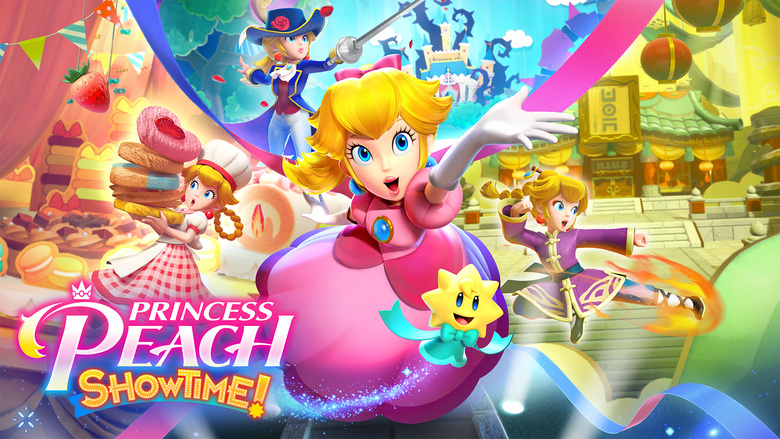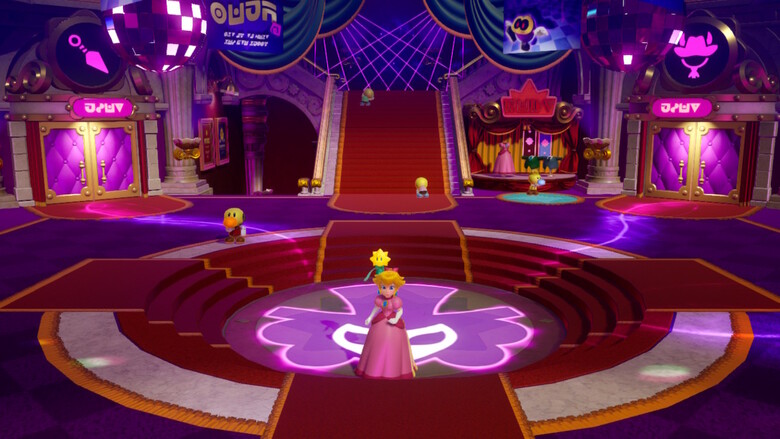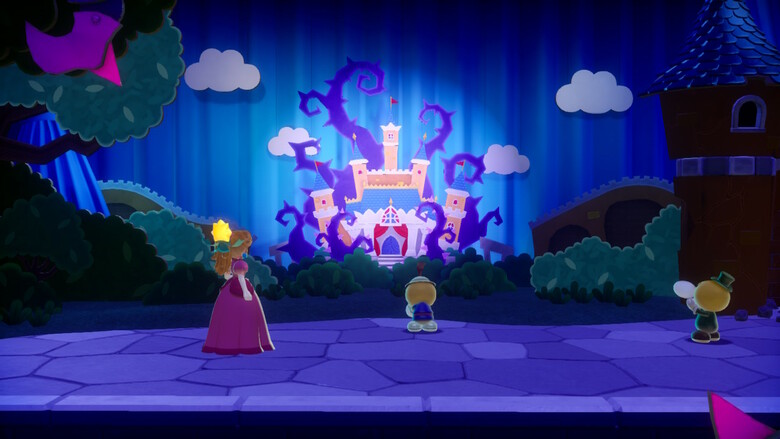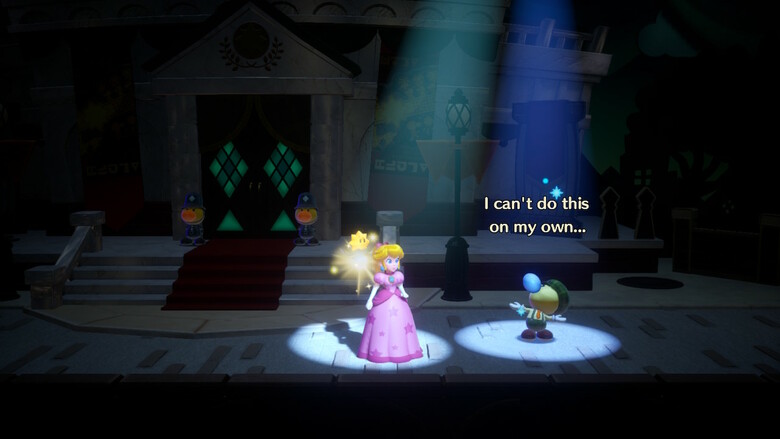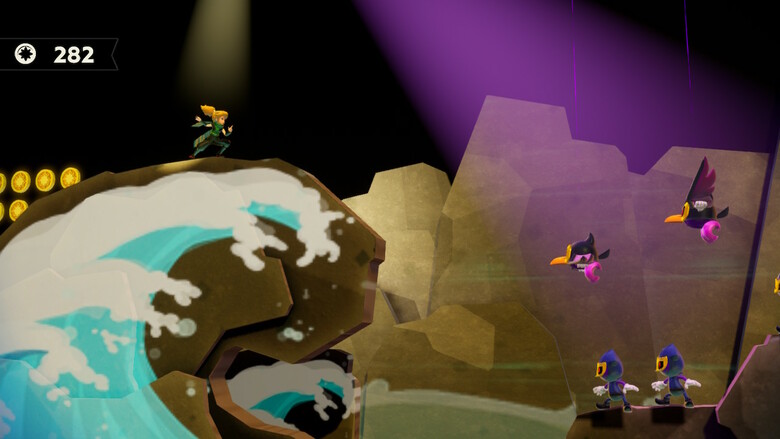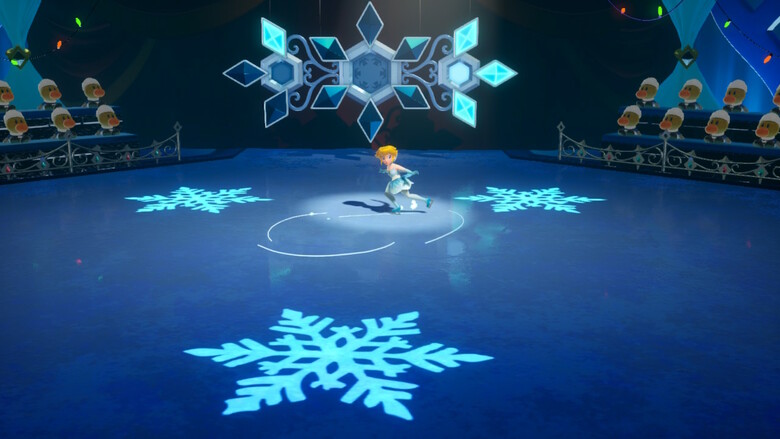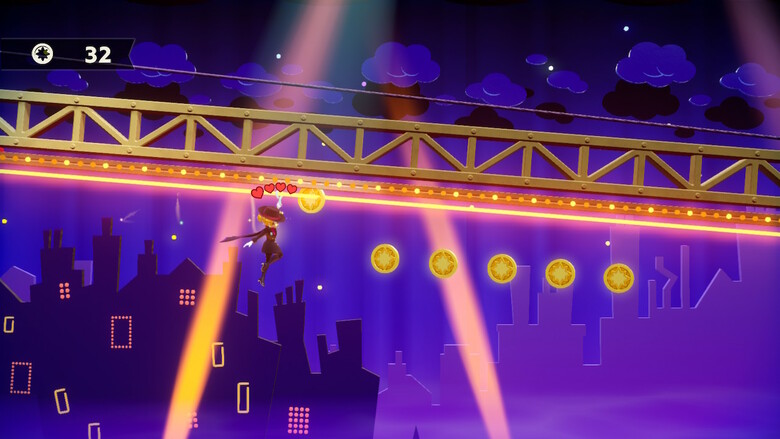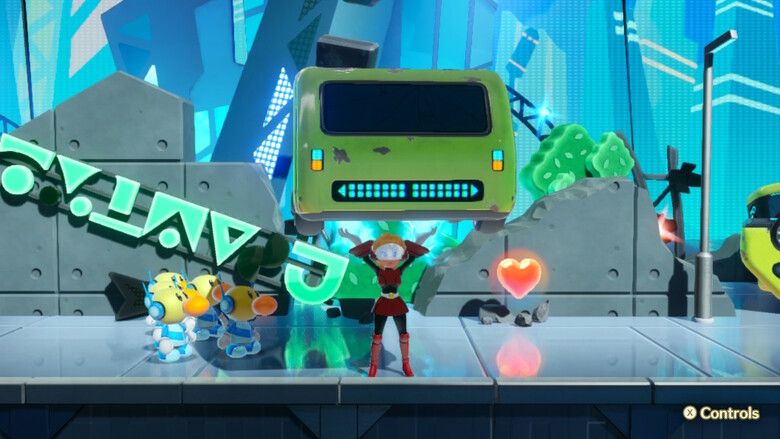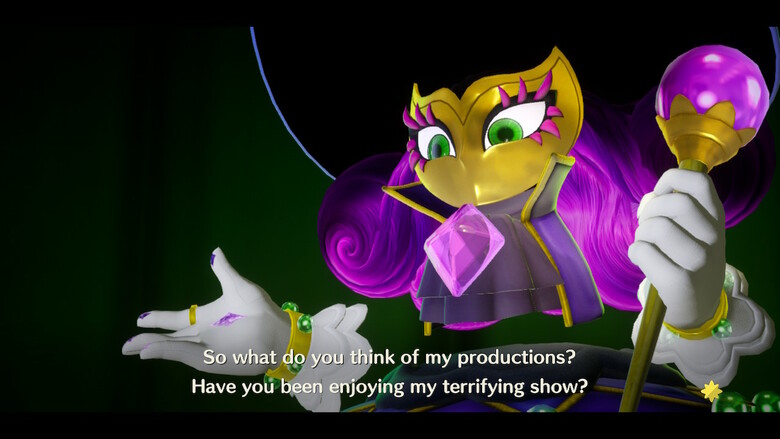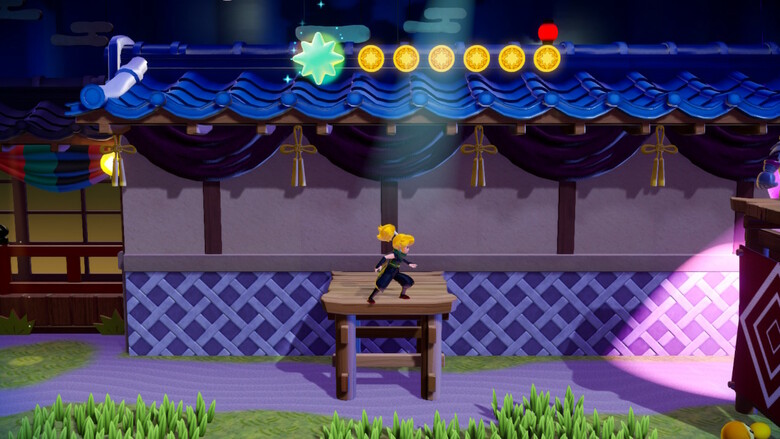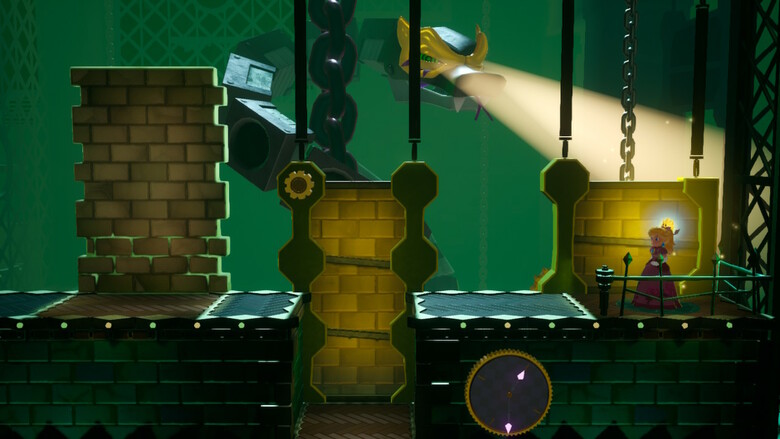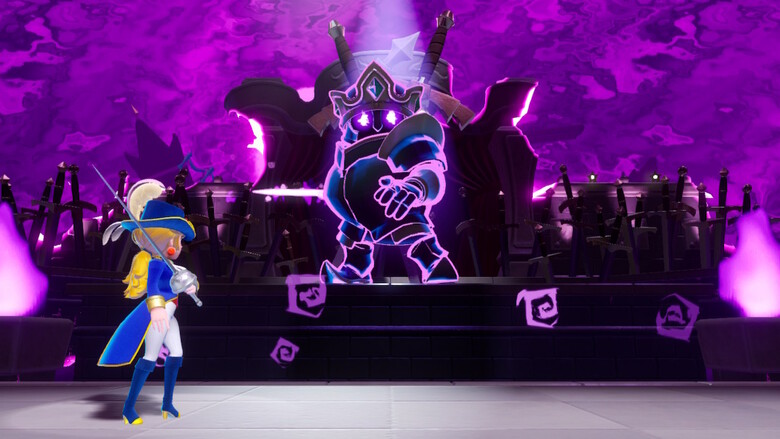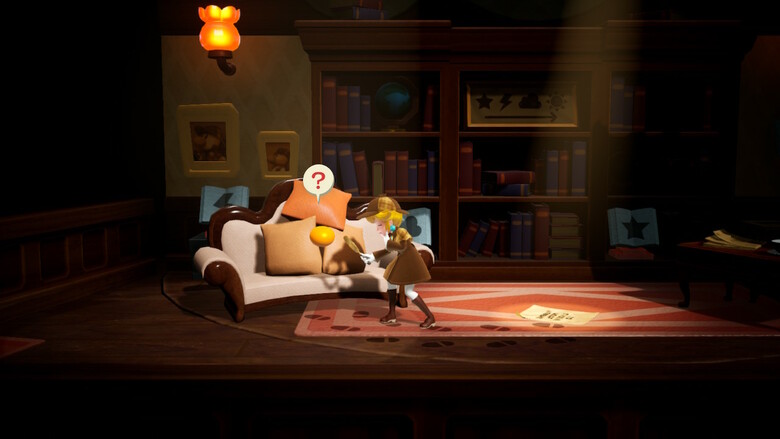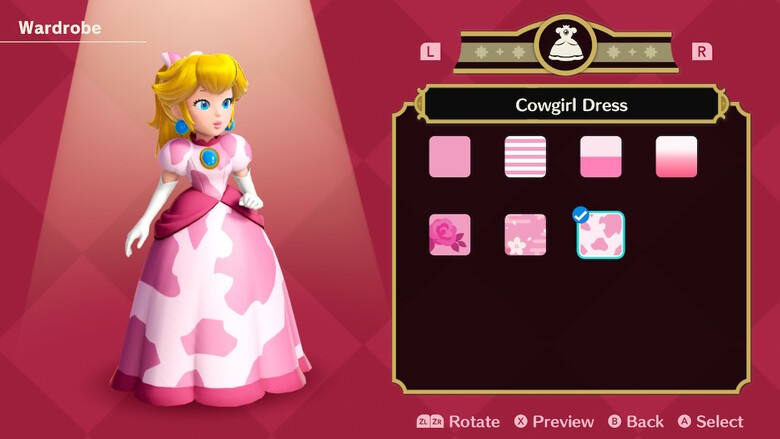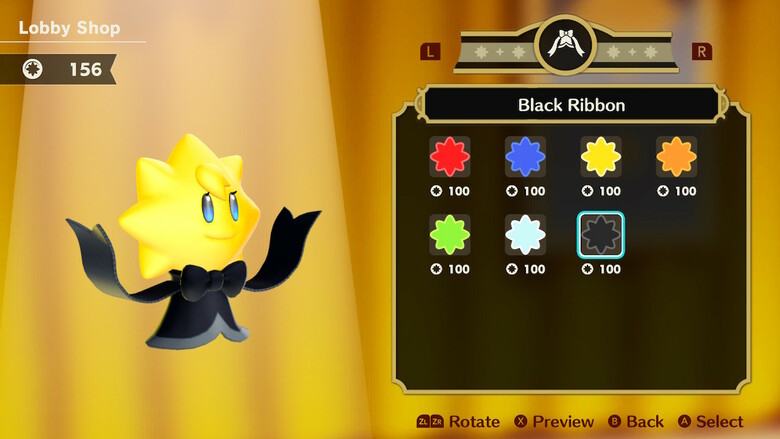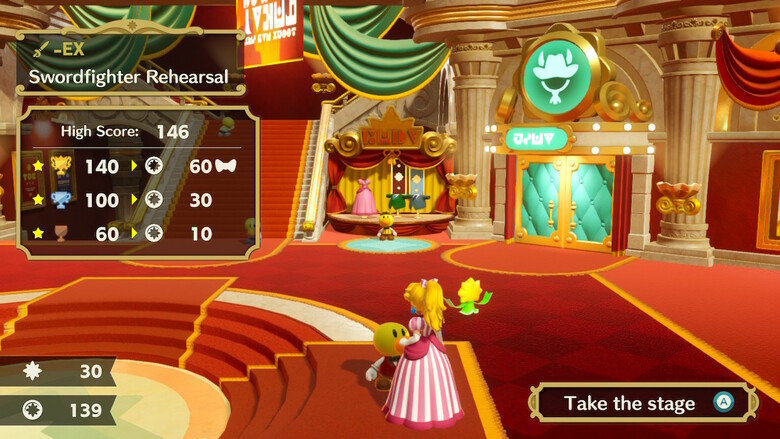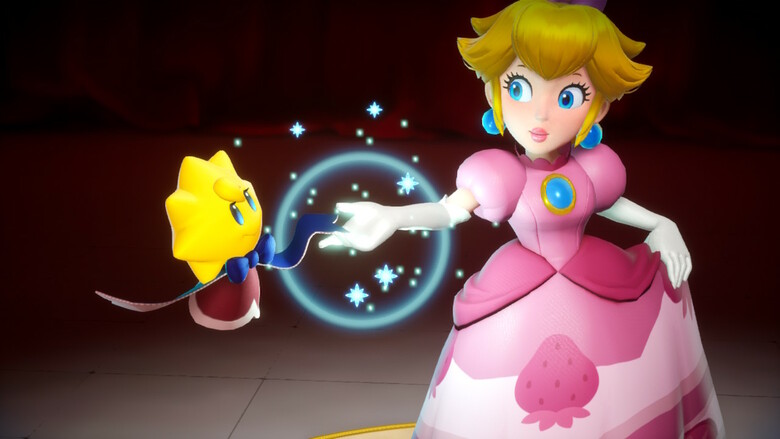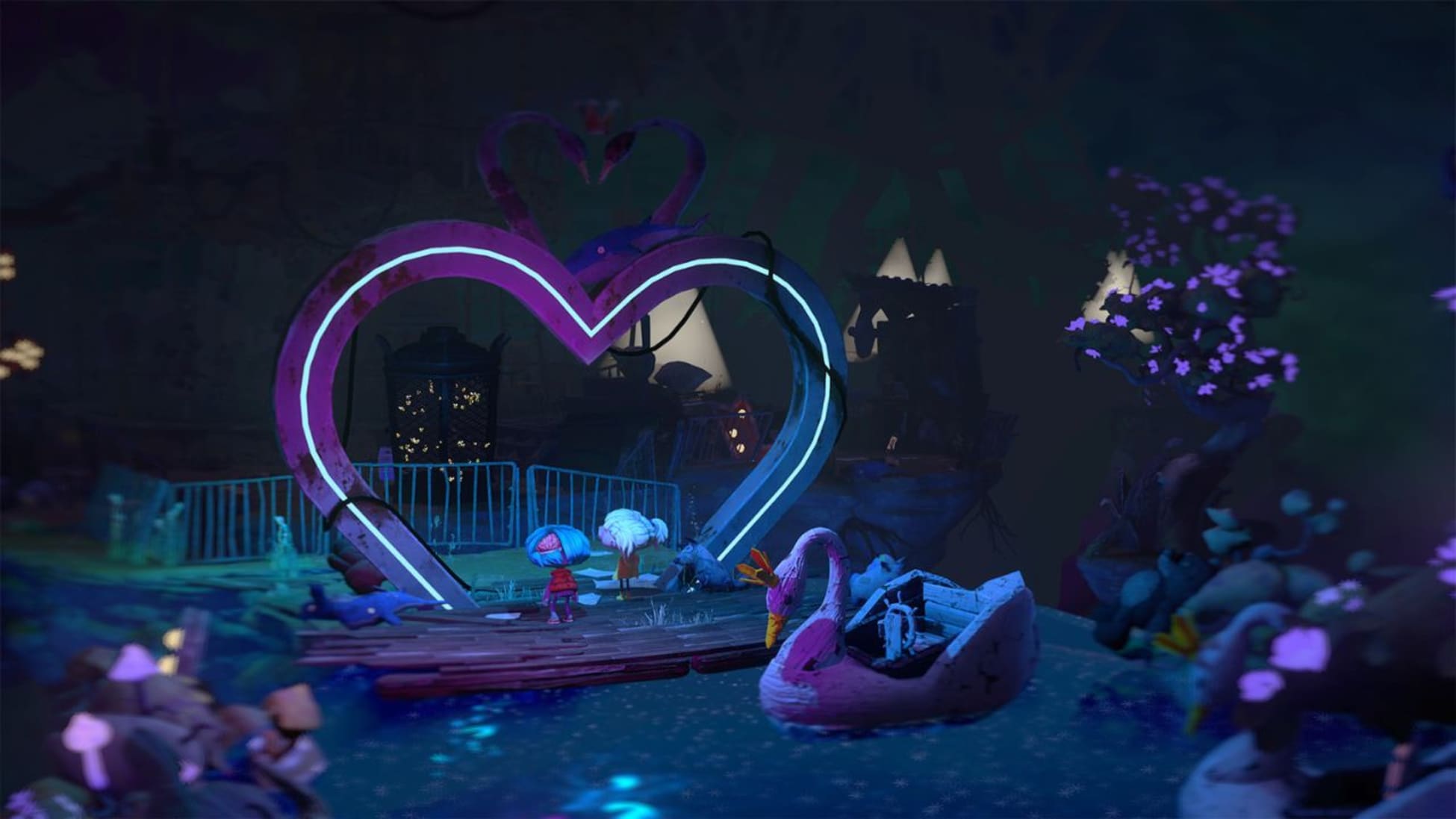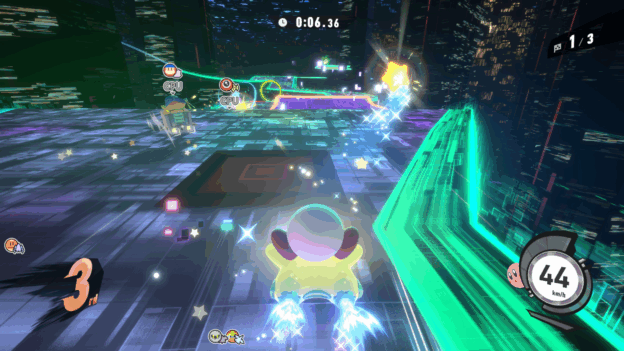REVIEW: Princess Peach: Showtime! is jack of all trades, master of few
Peach has come a long way since her days as a damsel in distress. Sure, she still occasionally gets kidnapped by Bowser, but now she also gets to play sports, drive karts, and even join Mario on some of his adventures. Plus, she had a pretty great outing in last year’s Super Mario Bros. Movie courtesy of Anya Taylor-Joy. Still, when it comes to the video games, she’s typically relegated to a secondary role (with the exception of 2005’s less than beloved Super Princess Peach on the DS).
Princess Peach: Showtime! (the exclamation mark is mandatory) is looking to change all that by finally giving Peach the spotlight that she so rightly deserves. After all, she’s the princess of the entire Mushroom Kingdom! Surely, she gets up to some fascinating business when Mario’s not around. She could be managing matters of state, overseeing additions to her famous castle, or perhaps traveling to faraway lands as a visiting dignitary…
As it turns out, the area that Showtime! Chooses to focus on is Peach’s leisure time. Our heroine is on a trip to the local theatre to see a production being put on by a new species of character called Theets (get it?!). When Peach arrives however, it turns out that the theatre has been taken over by a villain even more treacherous and frightening than Bowser – Madame Grape and her Sour Bunch (they’re kind of like the Raisinets, but less wrinkly). With all the plays in disarray, and their lead characters missing, it’s up to Peach to take on their starring roles and restore order to the place.
This is definitely a new angle for Princess Peach to tackle, and the theme allows for a wide variety of gameplay possibilities. Whether or not that variety makes for an overall satisfying game experience is a different story…
Outside of Peach herself (and a few Toads early on), there’s not a single reference to the larger Mario universe in Showtime!. The items, characters, and decor are all wholly original. This is Peach’s time to shine, and no cameo appearances are going to get in her way. That theatrical storyline isn’t just a clever jumping off point either; it informs the flow of the entire game. Each level plays out like a self contained “act” from a different “play”, complete with decorations, costumes, and effects that are reminiscent of an real life stage show.
This is an aesthetic we’ve seen in past Mario games, as in Paper Mario’s battle sequences, or even as far back as Super Mario Bros. 3, but not to the extent that it’s utilized in Showtime!. Every piece of the game is designed to look like a handmade bit of stagecraft. It’s a choice that doesn’t always affect the gameplay directly, but does give the game a unique look, providing plenty of opportunities for cute and clever details. (For example, when you transition to a new area, the stage will physically shift or rotate, briefly exposing the sides of the “cardboard” backdrops.)
It’s a good thing that the theatre aesthetic is so endearing, because the graphics themselves are nothing to write home about. Levels are cute, colorful, and lively, as you’d expect from a Nintendo game, but no one’s going to be blown away by it the way they would be by Super Mario Bros. Wonder, for instance. Still, it’s functional, and it’s enough to set the stage (haha) for what’s to come.
There are a total of ten Transformations that Peach undergoes in Showtime!, and each one is confined to its own levels. Typically, you’ll begin a level as just plain ol’ boring Princess Peach, helping Theets in need. You’ll do so with the help of another new character, Stella (a little star creature who guards the theatre). Helping Theets generally consists of navigating sidescrolling areas and pressing B to use your magic ribbon power, which typically solves their issues in one way or another. Eventually, you’ll discover a special area which will transform Peach into one of ten roles: Swordfighter, Patisserie, Ninja, Kung Fu, Mighty, Mermaid, Detective, Cowgirl, Dashing Thief, or Figure Skater.
Each transformation comes with its own moveset and gameplay style. There is some overlap between them, but for the most part they feel fairly distinct. The Swordfighter is all about dodging and attacking waves of enemies in combat. Being the Detective means talking to suspects and searching your environment for clues. As a Ninja, you can hide in tall grass for a light dose of stealth gameplay. They all have their special traits, but what their levels mostly have in common are light puzzles, platforms, and some kind of combat.
Something else the Transformations have in common is how simple and accessible they are. You’ll never require more than two face buttons (A + B) in any given scenario. The A button typically makes Peach jump, while B does whatever action is that transformation’s specialty. All things considered, it’s impressive how well the devs managed to make each Transformation feel distinct within those limitations.
Still, that means none of them are going to expand beyond the realm of casual simplicity. In one sense, this is nice, because it means you’ll never get confused when switching from one role to another. On the other hand, it means that many segments devolve into obvious, timing-based mini-games, just with different themes. At their worst, these sections can start to feel samey, even with the different trappings of each stage.
It’s hard for me not to compare Showtime! to the Kirby series (of which developer Good-Feel has worked on two entries). I wish that Princess Peach had the same level of versatility as Kirby does in his games. Each Kirby transformation is super simple to grasp straight away, but interested players can look deeper and utilize more complex button combos if they choose to. This allows the games to be enjoyed by both casual and hardcore players, whereas Showtime! is aimed squarely at the former. I didn’t need all of Peach’s costumes to have complex button combos, but just a little more would’ve gone a long way.
Julie Taymor gave this same speech during Spider-Man: Turn Off the Dark
Another thing to consider about the levels in Princess Peach: Showtime! is their incredibly leisurely pace. Each area is loaded with little Theets who are constantly reciting dialogue in the form of on-screen text. It’s rare to be able to explore for more than fifteen seconds without one of them popping up to tell you something. Nine out of ten times, this means that control of Peach is taken away from you, and you must sit and wait for the dialogue to finish before continuing.
This sort of interruption might occur dozens of times in any given level, padding their length out to much more than it would be if limited to strictly gameplay. The dialogue tends to be nothing more than Theets laying out extremely basic plot points and bread crumbs for you to follow, so you’re unlikely to be thrilled by them cutting in.
Even when you’re in direct control of Peach, she tends to feel pretty sluggish, with floaty and imprecise jumps. Things improve a little with some of the faster Transformations, such as Swordfighter and Kung Fu, but not by much. Part of this can be blamed on the framerate, which frequently drops below 30 frames per second as you amble through levels. Fortunately, this isn’t a game that requires too much precision, so the floaty controls shouldn’t negatively affect your in-game performance. They will however, make it just a little bit less fun to play.
Must… get… shiny thing…
The game’s molasses-like pace really turns into a problem when it comes to another of the game’s weak points: replayability. Don’t misunderstand, Princess Peach: Showtime! does have some built in replay value: Each stage contains a number of gems for you to find and collect, plus a special ribbon which unlocks a new customization option for Peach or Stella. Most of these gems aren’t particularly tricky to locate, but I still managed to miss at least one or two my first time through each level, and therein lies the problem.
Replaying a level in Showtime! means replaying the entire level, without the ability to skip any cut scenes or dialogue. This means that those slow sections and frequent interruptions mentioned earlier become exponentially more irritating the more you play. Your first time through a level, they’re minor inconveniences that add to the cute, silly atmosphere. On repeat plays, they can really wear on you, especially because you must complete the level in full in order for any collected gems to count.
Sometimes gems are rewarded only if you achieve a high level of success in a mini-game, such as hitting 100% of the notes in a Mermaid Peach singing challenge. Often, those challenges will come at the very end of a level, and if you mess up, there’s no option to restart right away. You’re going to have to quit, then play through the entire thing again, just to get back to that point. The average level could take around ten minutes to complete, and it can be seriously frustrating having to go through the motions of the whole thing, just to make an attempt at something that occurs all the way at the end.
Of course, there is one simple solution to this problem: Don’t replay levels. The rewards you get for finding all the gems aren’t so terribly exciting that it’s worth all the trouble. Still, it’s a disappointment, because the game clearly intends for you to replay levels with the intent of finding all their secrets.
I still remember the joy I experienced hunting down and collecting hidden coins in a different game from this universe, Super Mario Bros. Wonder. That’s because when playing as Mario, I was able to rapidly run and bounce between areas and be finished in just a few smile-inducing minutes. Showtime! is not amenable to that kind of completionist mindset, and it’s a bit of a shame.
(Pro-tip: If you do plan on going for 100% completion, wait until beating the main game to replay any levels. You can avoid some repetition this way.)
If you’re focusing on the core experience your first time through, there are still moments of joy to be found in Princess Peach: Showtime!. Some of those moments come from the charming presentation. Most of them come from the sheer novelty of the thing.
Besides the obvious changing theme of each level, there are also little unexpected elements throughout. Sometimes a level will climax with a boss fight, other times, you’ll get an endless runner sequence, or even a cooking competition. (Some of those boss fights are genuinely fun and inventive as well.) As long as you keep on moving through the game without getting bogged down by side content, you’ll get a pretty good variety of experiences. I found myself smiling at the level of creativity on numerous occasions.
So true
Perhaps the real sticking point most gamers will have with Princess Peach: Showtime! is its intended demographic. While other Nintendo mascots like Mario and Kirby tend to feel like they’re for Everyone, Peach’s new outing really does feel like it was designed with younger kids in mind. There’s nothing wrong with Nintendo putting out a truly kid-focused title, but it does feel like a missed opportunity considering Mario’s usual output.
Some of the game’s collectibles can be tricky to snag your first time through, but nothing else should obstruct even a mildly experienced gamer. You can pretty much sleepwalk through levels and get a passing grade without issue. Enemy attacks are slow and telegraphed, and the only punishment for dying is being set back a bit and losing 10 coins (which hardly matters at all in the long run). Puzzles are likewise the types of puzzles you’ve probably seen a thousand times before, with little in the way of variation.
Elementary, my dear Toad
One of the Transformations I was most looking forward to was Detective Peach, as I’m a big fan of mysteries and puzzle solving in games. Disappointingly, this turned out to be my least favorite of all of them. The mysteries are so basic and dumbed down so as to be approachable for all ages, that they’re hardly enjoyable at all. At their worst, these levels feel a bit like watching an episode of Blue’s Clues. (“Do you see a clue? Really? Where?!) Definitely a missed opportunity.
The difficulty (or lack thereof) throughout isn’t exactly the problem though, I don’t think. Going back to the Kirby example again, his games tend to be very much on the easy side, but I still find myself enthralled by them. I think that’s because controlling Kirby is inherently fun, and controlling Peach just… isn’t.
Even in her more inventive Transformations, the gameplay and movement do little to inspire creativity or spark joy the way other Nintendo games do. What you’re left with is a game with a lot of pleasant ideas, that rarely presents reasons to engage with them beyond the bare minimum.
If you do decide to trek through the game’s laundry list of collectibles, you’ll be rewarded with even more things to do. (Skip ahead to the next section if you’d rather not be spoiled on any post-game content.)
After finishing the core game, you’ll be able to replay boss battles with added challenges, such as no-damage runs. These challenges are actually pretty clever and fun to attempt! Beating the game will also “reward” you by adding hidden Ninja Theets to every single level for you to find. This hide-and-go-seek addition is… uninspired, to say the least, yet another mechanic asking you to tediously replay every single level. (Again, you’ll have a better time if you check your completionist habits at the stage door.)
Besties for life
Your level of satisfaction with Princess Peach: Showtime! will mostly come down to expectations. Don’t go into this thinking you’re in for the latest and greatest Nintendo platformer, and don’t expect it to be a spin-off on the level of Luigi’s Mansion or Wario Land. It’s simple, cute, mindless fluff, and little more. I was sick with a cold for a few days last week, and Showtime! was just about the perfect level of challenge for my drowsy, germ-addled brain during that time. That may sound like faint praise, but I do think it fits a niche as very light, comfort gaming.
For younger kids and families playing together, Showtime! could be a much bigger hit. Particularly for young girls (though it might sound cheesy), there’s something very sweet in seeing Peach get the chance to star and excel in so many different roles (I think she’s even had more occupations than Mario after this game).
After all those years of watching Princess Peach play out the same story again and again, I appreciate Nintendo and Good-Feel trying to add more to her personality. If nothing else, this should lead to a very diverse moveset for her in the next Super Smash Bros. entry.

